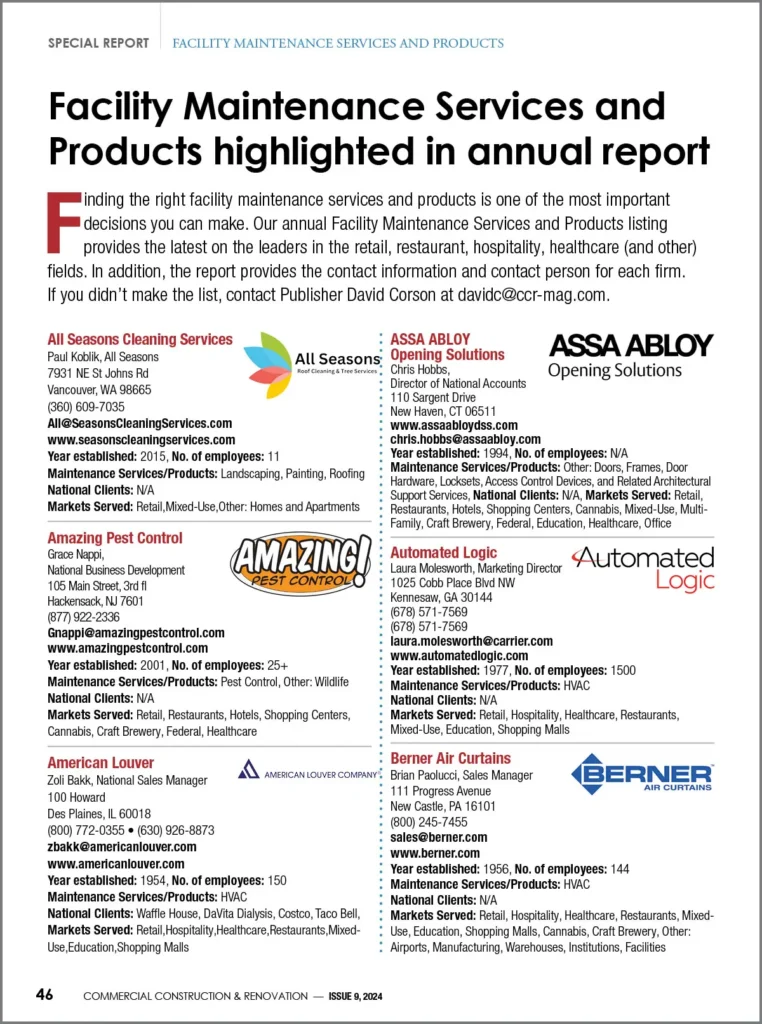Construction has been a dangerous industry for centuries. In many cases, the larger the build, the more dangerous it is, as seen by the more than 25,000 people who died building the 51-mile-long Panama Canal.
With the modernization of building techniques and greater emphasis on building safety, many people believe that worksite fatalities are a thing of the past and don’t often, if at all, occur during today’s builds. However, with more ambitious architecture than ever before, modern buildings can be just as dangerous as those of yesteryear.
To prove this, we’ve compiled a list of the most dangerous builds of the last two decades. These extensive projects not only pushed the structural limits of what a building could be but also made keeping everyone safe a full-time job. Read on to find out what these projects were, what made them dangerous, and how learning from them has made building safer for the future.
Three Gorges Dam
Although construction on the Three Gorges Dam in China started in 1994, the project was only completed in 2009. This late completion meant it underwent several design changes to fit modern criteria and safety measures as it neared its end. As the largest hydroelectric dam in the world, the body of water is extensive, measuring 1.45 miles long and reaching 607 feet above sea level at its highest point. The most significant construction portion, the dam wall, contains almost 35.6 million cubic yards of concrete and has steel reinforcing equivalent to 36 Eiffel Towers.
Preparation of the dam site was a perilous affair, with landslides constantly threatening workers who were already working in unsafe conditions. The additional work of relocating over one million residents and balancing environmental concerns over the extensive use of concrete added to the stress of construction.
Although official figures are available on how many workers lost their lives building the dam, these are disputed; it is believed that a minimum of 100 workers perished. The loss of these workers has prompted the Chinese government to instill more oversight and safety regulations in every other large-scale project since.
Marina Bay Sands
Casino resorts are known for their incredible architectural aspects. The Marina Bay Sands Hotel and Casino in Singapore is no different. Featuring three towers connected by a SkyPark that represents a giant ship, the building not only faced gravitational challenges in building over 40 stories up but also had to reclaim land from the ocean.
To mitigate the safety hazards of working on reclaimed land and at such heights, workers on the project were subject to strict protocols and almost continuous audits. Advanced technologies were required to complete the construction, including jacks installed under the building to compensate for ground settling.
After three years of construction (2007 to 2010), the marvel that is the hotel and casino opened, though official fatality numbers were not made public. Speculation is that at least one worker died during construction, with multiple injuries also recorded.
While these unfortunate incidents didn’t lead to significant changes in Singaporean building practices, they certainly highlighted that even on the safest sites, accidents can still happen. Fortunately, online casinos don’t require any physical construction. Here are some with instant withdrawals that ensure a seamless and safe experience.
Sochi Olympic Infrastructure
Hosting the Olympic Games is an honor often fought for among nations. In the seven years leading up to Russia hosting the event in 2014, the country began constructing various temporary and permanent structures, frequently referred to as the Sochi Olympic Infrastructure.
The project was fraught with challenges from the onset. Ambitious deadlines caused everyone to work faster and disregard safety rules that could slow down construction. This, on top of harsh winter conditions, made building safely challenging at best.
The project attracted much attention for the difficult working environment construction members were in. It is estimated that more than 60 workers died during the undertaking, painting a dark mark over the games before they even began.
In response to the loss of life, the Russian government committed to stricter oversight and the revision of labor laws to make them more enforceable. Worker accommodation for large-scale projects was also scrutinized, with better offerings now available.
Burj Khalifa
No list of dangerous modern buildings is complete without the mention of the world’s tallest building—the Burj Khalifa in Dubai. Built over six years between 2004 and 2010, the 2,722-foot skyscraper is a monumental presence on the landscape of Dubai and introduced a plethora of building challenges.
Chief among these challenges were navigating the region’s extreme heat, complex logistics to deliver everything required to erect the tower, high winds, and immense heights. All of these occurred in addition to navigating architectural and engineering changes that seemed almost constant throughout the project.
To mitigate any loss of life, before the start of construction, all 12,000 workers underwent extensive worker training programs to establish safe working conditions. Regular inspections also took place to ensure all protocols were being followed.
Despite these measures, one death was reported on the project, with many commenting that it is likely more but that workplace deaths aren’t commonly reported in the region. Numerous injuries have also been reported, but they still fall far short of the expected injury rate on such a monumental build.
Conclusion
The above construction projects show how dangerous builds can be but highlight that, when done correctly, even the most dangerous builds can be accomplished safely. As big-scale constructions in various forms continue daily worldwide, proper attention to safety remains paramount.
Image Source AI generated












 The 2024 virtual Men’s Round Table will be held Q4, 2024, date TBD.
The 2024 virtual Men’s Round Table will be held Q4, 2024, date TBD.













